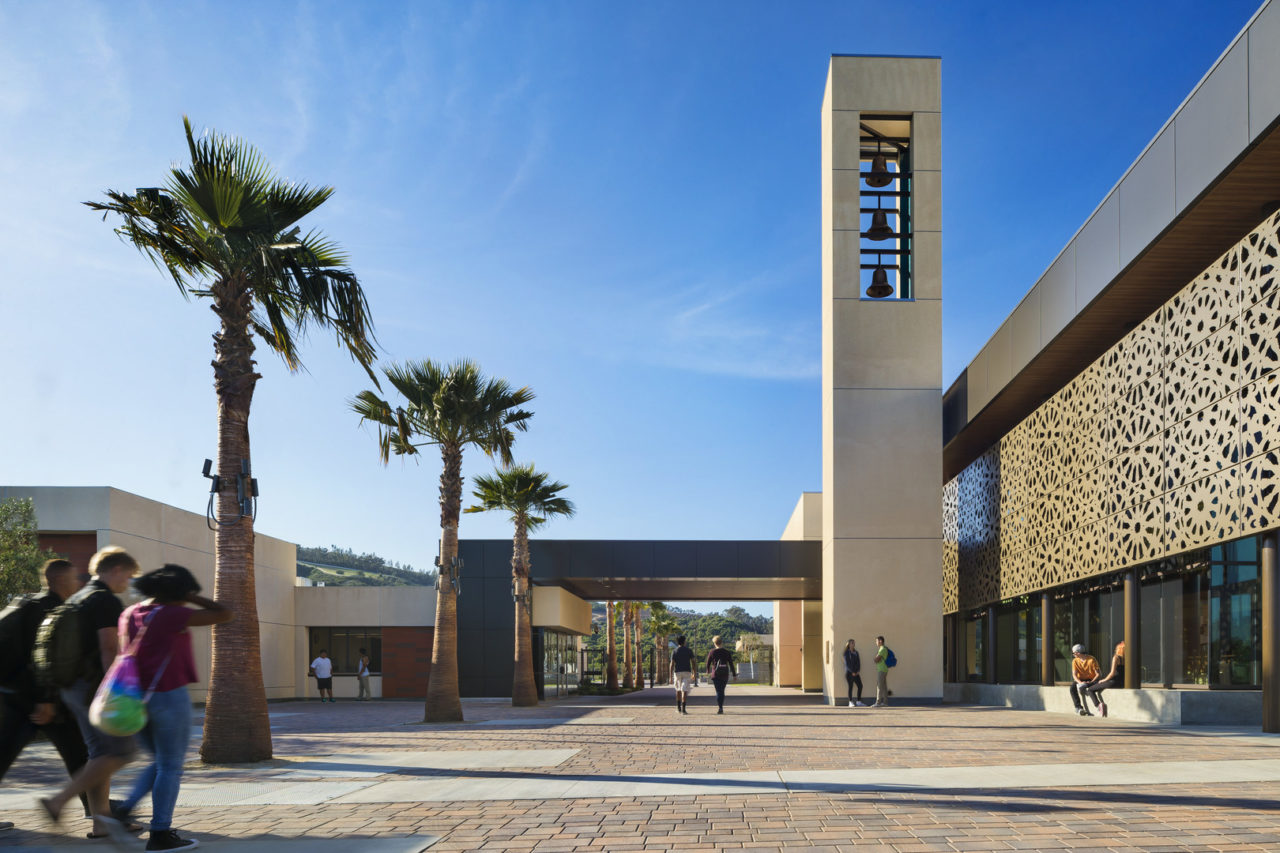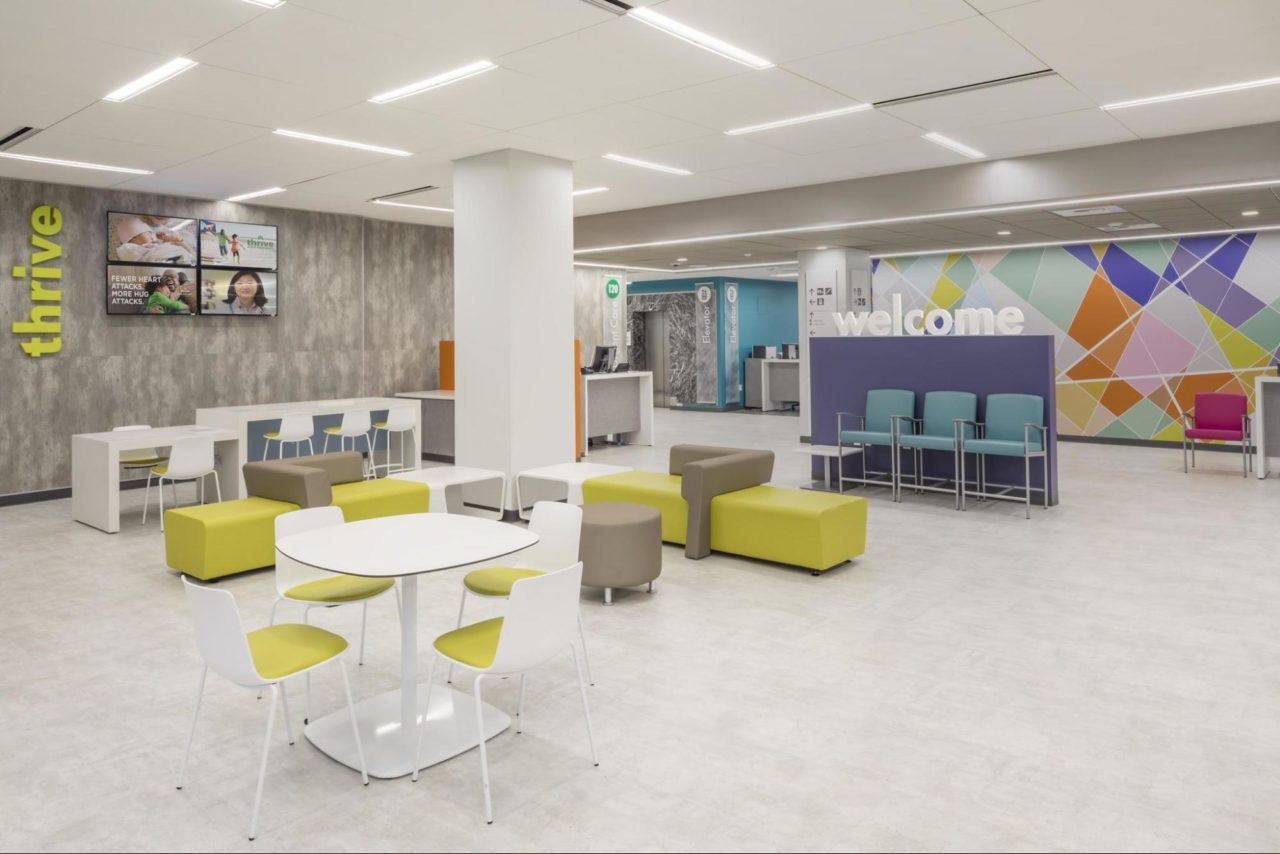Throughout history, architecture has stood as a representation of society, reflecting the values, successes, and eventual downfall of civilizations over time. From the monumental structures to the residences and buildings that make up the fabric of a city, we can learn a lot about who the people were who inhabited them long before our time. By studying the built environment of the past, combined with modern-day research on psychology and the environment, we’re coming to understand the effects of architecture on people in entirely new ways, which begs the question: Just how does architecture impact society?
The Importance of Architecture
At its roots, architecture exists to create the physical environment in which people live, but architecture is more than just the built environment, it’s also a part of our culture. It stands as a representation of how we see ourselves, as well as how we see the world.
While the concept of shelter is a fairly simple thing, the style of buildings was originally shaped by the climate of a particular location, what materials were readily available, as well as the values of the society building them. As the world became more and more connected, the styles evolved, but even in modern construction, there is still an importance in honoring the cultural nuances in the built environment.
As these evolutions in society and design occur, there’s the question of what to do with old, outdated, and run-down buildings. Some are modified to take on different functions, while others are demolished, deemed to be beyond repair.
There’s also the understanding that architecture is a discipline within itself, and one could argue that it’s equally important for architects to continue to push the boundaries of buildings in new ways, for the pure pursuit of the craft.
 More Than Just a Building
More Than Just a Building
Architecture not only affects society on a high level but also on a more personal level, it can have a profound impact on its occupants. Everything from the layout of the space to the material finishes can contribute towards occupant health, mood, and productivity. It’s been shown that people who work in well-designed spaces take less sick leave, are more focused, and generally contribute more to their company.
Sterile, concrete landscapes and unimaginative buildings cause higher levels of stress. Designing buildings, as well as cities, to combat this, whether it be beautiful, awe-inspiring architecture, or simply a mindful connection to nature, helps humans to feel more relaxed, happy and engaged.
Well-designed architecture and the connection individuals have to it is not something that’s easily quantified. However, we all know the feeling of walking into a space that just feels right. It’s not only functional but resonates with you on a different, subconscious level. While designing for function is certainly crucial, it’s important to tap into that emotional connection as well, as they both speak to the sense of experiencing architecture. It’s not just an intellectual understanding, but a connection between the user and the space itself in an emotional way.
The Architect’s Role
Architecture is both art and science, drawing on and intertwined with psychology, sociology, economics, politics and more. At HMC Architects, our design process includes spending a considerable amount of time getting to understand the client, the community, and the environment the project will be in well before any drawings are even started.
We strive to learn from previous projects, both ones we’ve done ourselves, and successful projects of similar scope done by others. A successful project comes from understanding that the spaces and buildings we love most stir up feelings in us that aren’t easy to quantify but are created from the process of collecting and implementing all this knowledge and research.
Technology also contributes to the practice of architecture and its impact on society. Our access to global data, research evidence and the ability to communicate instantaneously with anyone anywhere in the world have drastically changed the profession. Architects can take on projects on entirely different continents, and draw from a workforce globally, allowing for a wide range of ideas and cultural backgrounds to influence a project. Technology also has changed the way we design: computer-aided drafting, BIM modeling, and virtual reality, to name a few, have made it much easier to bridge between vision and reality, create unique and complex shapes and convey information in ways that have never been seen before.
 Looking towards the future of architecture and its impact on society, we anticipate technology to continue to have a large impact but believe that it’s imperative that we continue to understand the human relationships to the built environment. For example, how do we address the growing differentiation between economically diverse communities within cities? Or how do we utilize new technologies to rapidly respond to natural disasters or refugee needs? How do we combat the continuous increase of the world’s population, and make sure that our cities retain our inherent desire to have a connection to the natural environment?
Looking towards the future of architecture and its impact on society, we anticipate technology to continue to have a large impact but believe that it’s imperative that we continue to understand the human relationships to the built environment. For example, how do we address the growing differentiation between economically diverse communities within cities? Or how do we utilize new technologies to rapidly respond to natural disasters or refugee needs? How do we combat the continuous increase of the world’s population, and make sure that our cities retain our inherent desire to have a connection to the natural environment?
There are countless ways that architects can continue to evolve the occupation and respond to the changing needs of our society. We just need to step up to the challenge, believing we’re capable of it.
At HMC Architects, we’re cognizant of how the past has shaped our societies, and how we can build on that knowledge to support our current needs, while simultaneously planning for the future. Our design teams are passionate about making the world a better place through design, and understand our responsibility to the craft. To learn more about how your project can have a positive impact on your community, contact HMC Architects today. For specific questions related to the role of architecture throughout history, email Chief Design Officer George Vangelatos directly.




